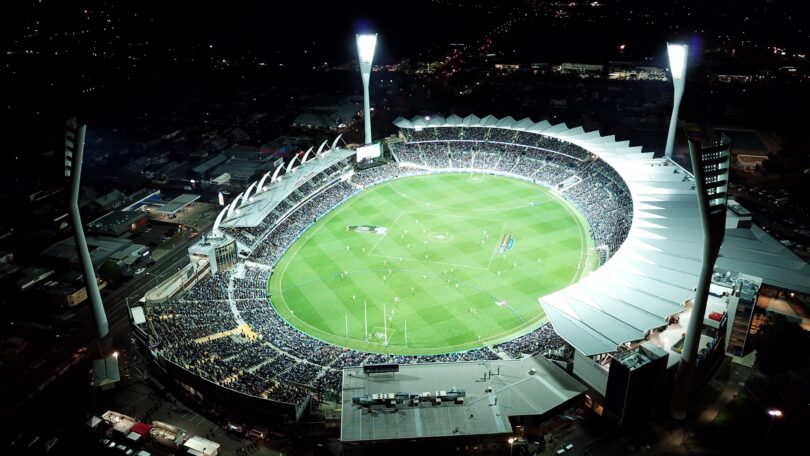Walking into a work environment where you are only one of few women, can be daunting. That’s the reality for many women in the male-dominated field of sports journalism.

journalist and media specialist. (SARAH BURT)
Sports coverage – and sponsorship – is dominated by men. The 2021 Women for Media Report analysed 57,000 online news stories in May 2021 and discovered women only wrote 18% of sports stories.
While women have played international sport for more than a century, the semi-professional national women’s Aussie rules football league (AFLW) only started in 2016, though the AFL started in 1896.
Even with the increasing audience for women’s sports, there are still challenges for female journalists to break these traditional norms and be seen as equal in the field.
AFLW journalist and co-host of the Credit to the Girls podcast, Sarah Black, told The City Journal that she was often the only female journalist at news conferences and match coverage.
“It’s noticeable for sure,” she said.
“I did feel that I needed to really prove my knowledge in regard to footy and really prove that I knew what I was talking about.”
Some studies suggest the reason women in sports journalism feel external pressure and have difficulty breaking free from gender stereotypes is due to tokenism and gatekeeping.
Women are a minority in the field and therefore lack the impact to make critical change. This can discourage many female journalists from applying for roles in sports or continue to work in the field.
Most sports media is run and controlled by men. A 2013 study noted that having a predominance of men in a sports newsroom can create a display of “hegemonic masculinity,” fostering an oppressive and toxic environment towards women. This presents a lot of issues for women trying to create opportunities for themselves in sports journalism.
Lucy Watkin is an AFLW journalist and podcast co-host with Sarah Black. “You do come up against people in decision making positions who sometimes don’t see the value in it [reporting on women’s sports] and a lot of times, those people are men,” she said.
Watkin said there are limited opportunities for reporting on women’s sport due to the small number of teams and coverage, in comparison to male sports.
But women’s sport is not the only area female sports journalists want to report on.
Emma Sherry, professor in the sports research unit at Swinburne University, told the 2021 Women for Media Report that women “don’t want to be pigeonholed” by only reporting on female sports.
There has been a recent push by media outlets and the Victorian government to make women feel more comfortable working in the sports field and increase the opportunities available.
The Making the Call program, part of the state government’s Change our Game initiative, looks to develop and strengthen the number of female journalists in sports reporting more broadly. The program involves teaching modules and connections with broadcasting mentors.
Watkin said there have been marked changes over the five years she has been in sports reporting and that it is being taken notice of more so than before.
“I think now newsrooms or broadcasters are saying that maybe this is an issue, that we probably do need more women coming through the door, but there is an obligation to create those opportunities because they don’t just appear and a lot of the times they don’t exist,” she said.
Even though the landscape seems to be evolving, change is slow. More accountability and opportunities need to be available to mitigate women’s fears working in sports journalism.
Featured Image: Daniel Anthony on Unsplash






